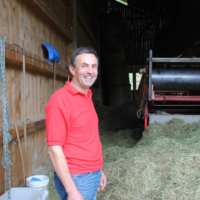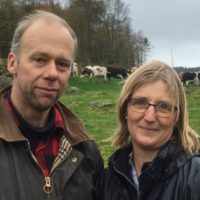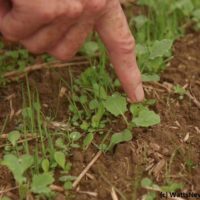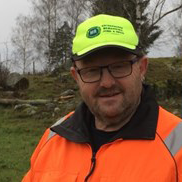Having students on the farm
Description
Practice abstract
John and his wife believe that there is a huge value in learning from other farmers. Therefore, they have emphasised being available to take students onto their farm in spring.
John has currently three students on the farm, one from Sweden and two from Ireland. They participate to the daily tasks of the farm, such as grassland management, bringing cows in for milking, and milking and cleaning the sheds. The students have access to YouTube videos and guideline sheets present at different places on the farm to learn the procedures of each task. Moreover, John shows the students around the farm and accompanies the students for the first few days. John believes that it is important that the students are trusted with responsibilities on farm so that they can fully engage. He says that trust works both ways and is very important for the successful running of the farm. John encourages open communication on the farm.
Having students on the farm eventually enables a decrease of the workload for John once the students are fully independent. Moreover, John sees that they learn a lot every day and are able to take responsibilities if something has gone wrong. But John also points out that it does not work with every student.
To adopt this innovation, it is important to welcome the students and be ready to trust. It is also important to have guidelines and information points at each station to make sure all the tasks are carried out correctly.
John and his wife will continue to have students on their farm, as it is important for them to transfer their knowledge to younger generation and vice-versa.
Context profil





Additional information
| Main domain of innovation | Workload reduction |
|---|---|
| Agroclimatic area | Atlantic north |
| Climate | Moderate rainfall |
| Soil Type | Loarm |
| Management | Pasture dairy |
| Technical | Computer-based |
| Finance/investment | Low |
| Market | Local-rural |
| Social | Full-time farmer |




